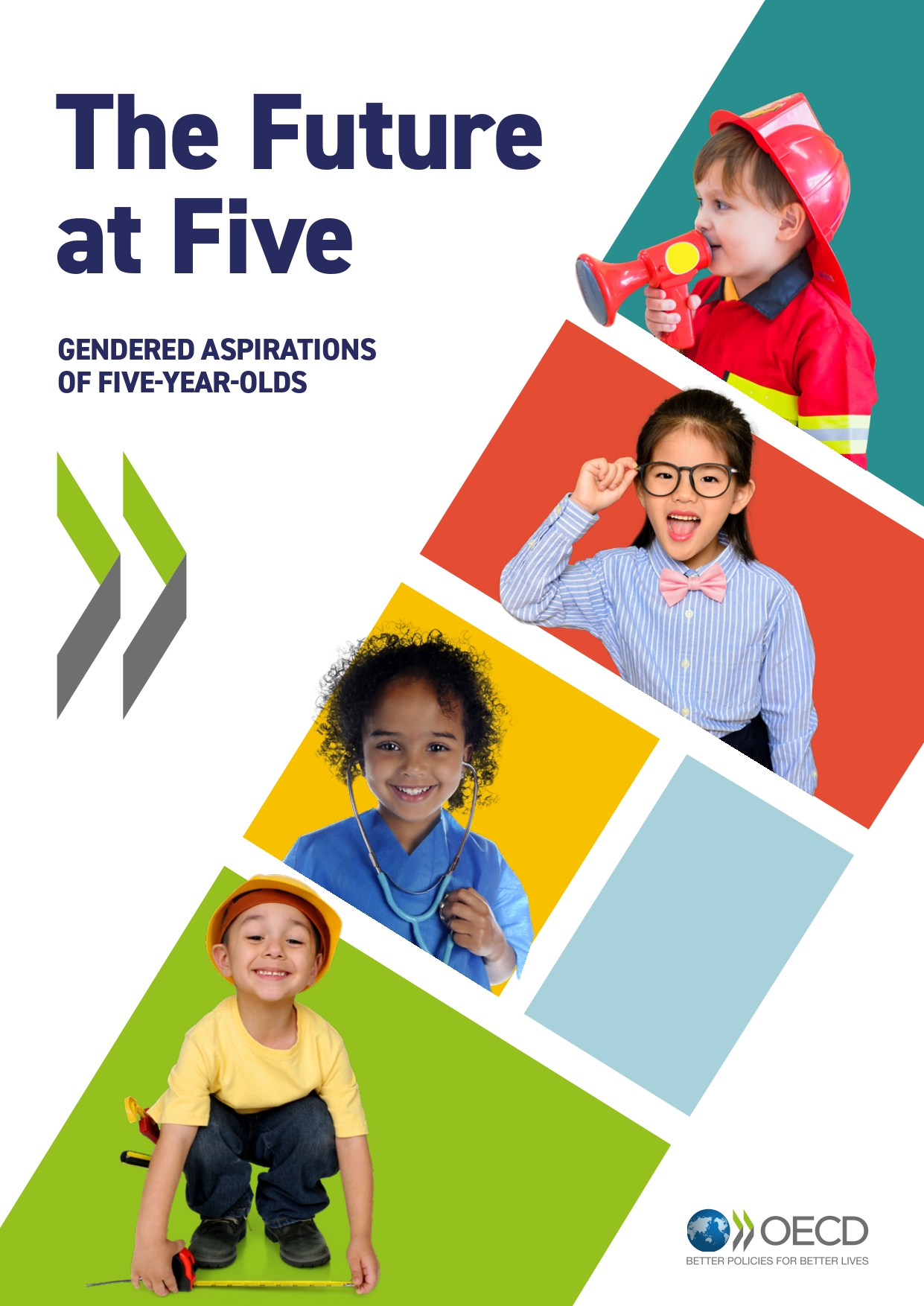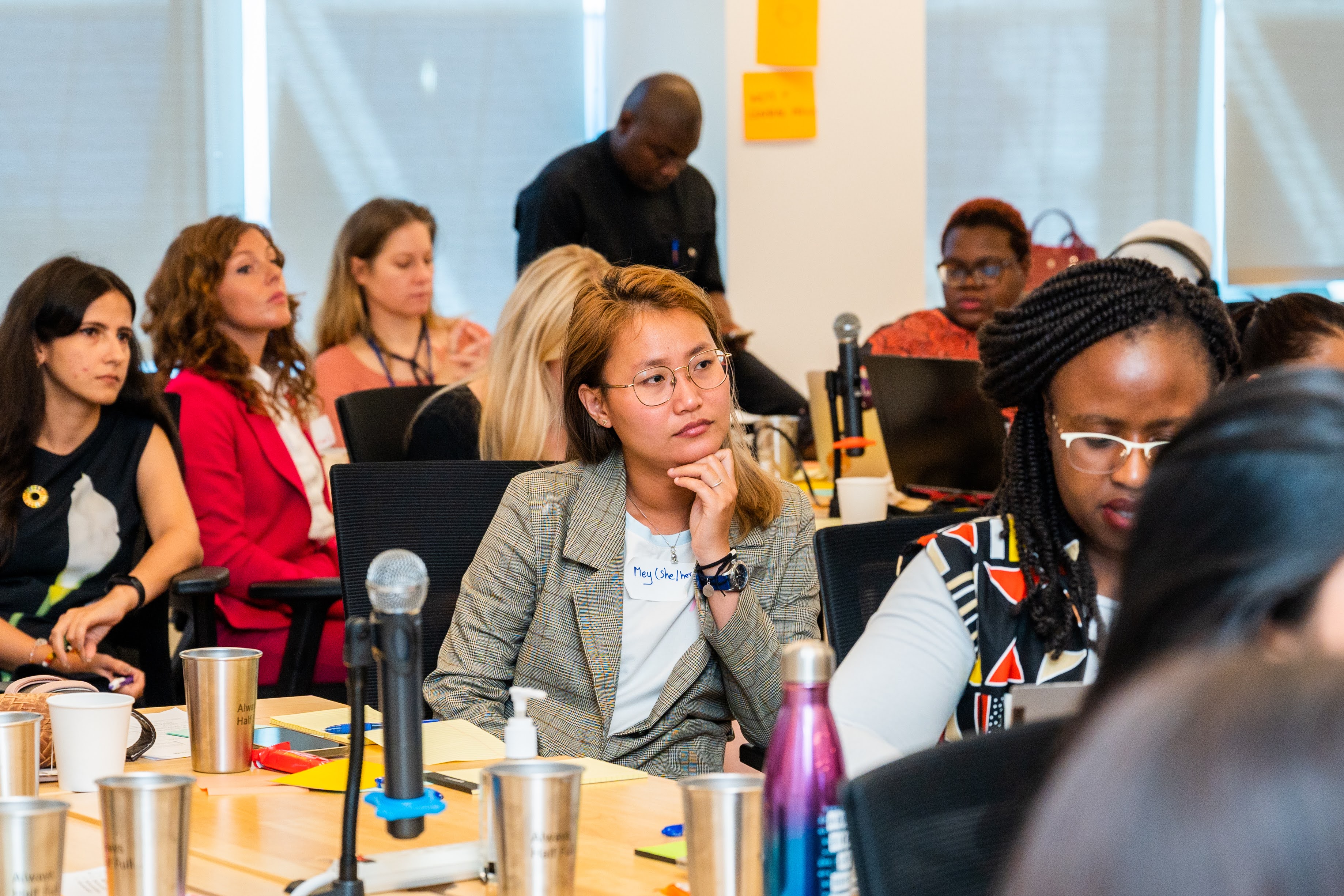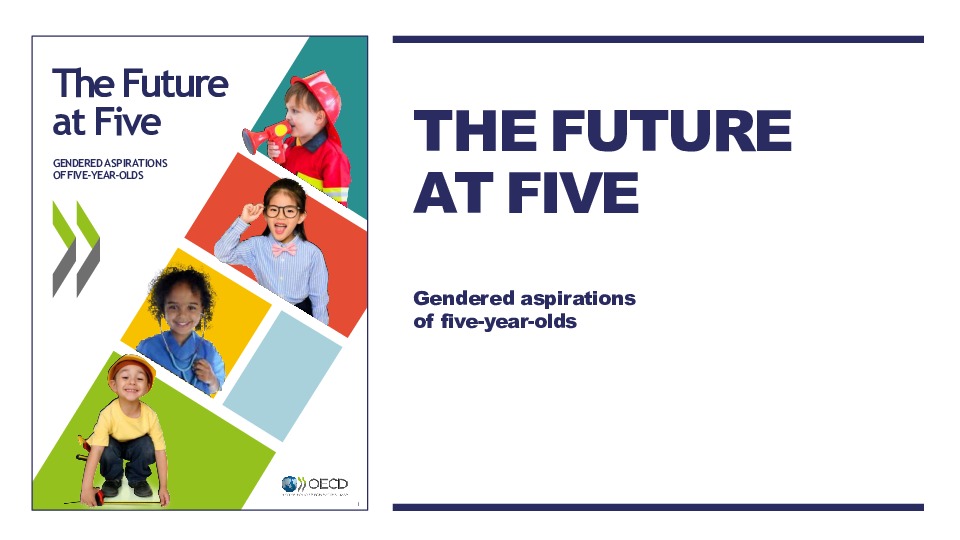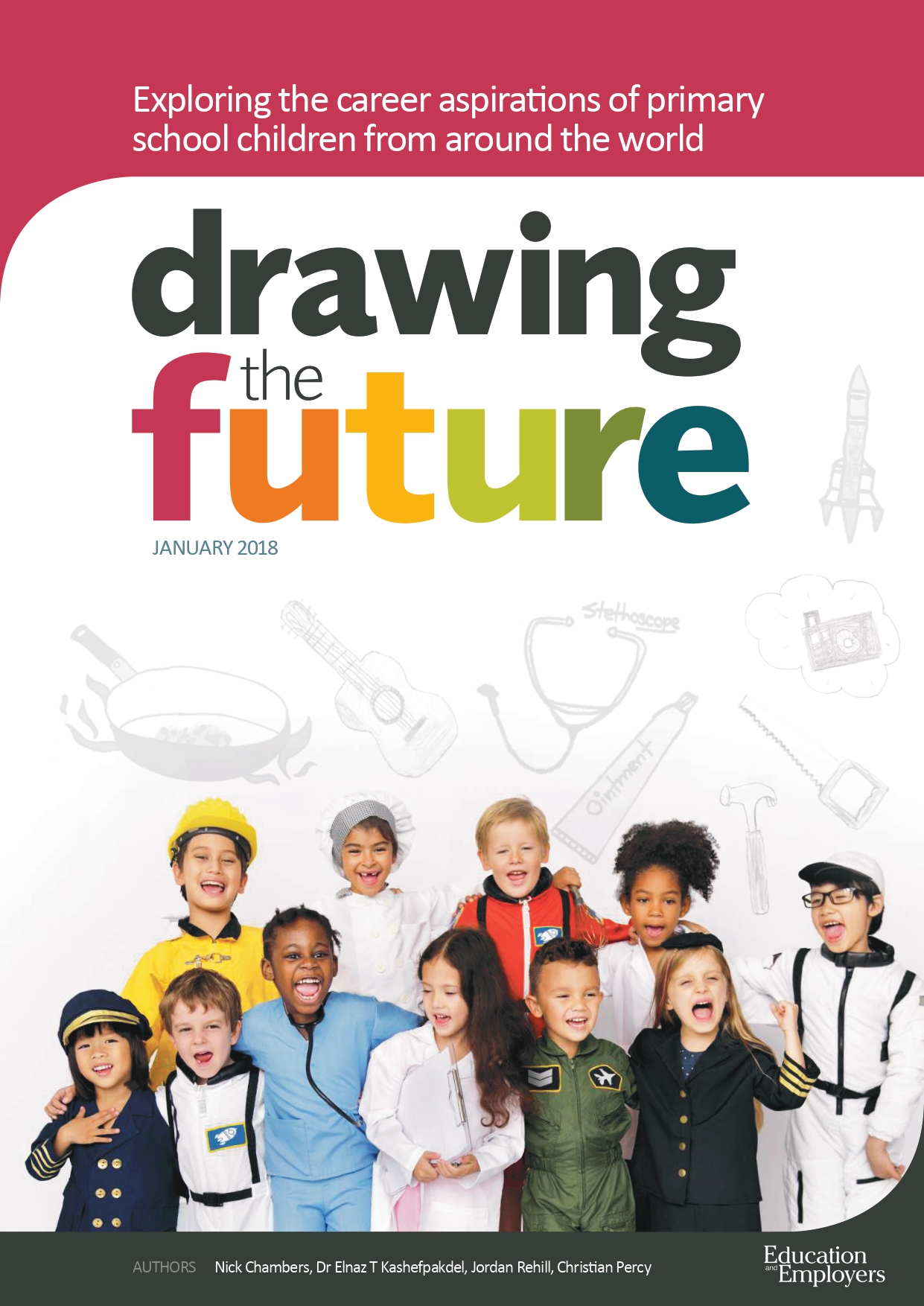Knowledge Hub
Learning and resources on gender in education

The Future at Five
Gendered aspirations of five-year-olds
Many of us will remember being asked at a young age what we wanted to be when we grew up. What answer did we give, and why did we give that answer? What shaped our ideas about the working world? Children’s understanding of which jobs are available is often influenced by what they see the adults in their lives doing, which in turn influences their choices and motivation in school. According to new evidence from the OECD International Early Learning and Child Well-Being Study (IELS), gender norms are...
Many of us will remember being asked at a young age what we wanted to be when we grew up. What answer did we give, and why did we give that answer? What shaped our ideas about the working world? Children’s understanding of which jobs are available is often influenced by what they see the adults in their lives doing, which in turn influences their choices and motivation in school. According to new evidence from the OECD International Early Learning and Child Well-Being Study (IELS), gender norms are evident in what many five-year-olds say about what they want to be when they grow up, leading to imbalanced gender representation in certain fields later on in schooling – and later on in life. This factsheet presents findings on how early aspirations can be constrained by traditional expectations and stereotypes, meaning children limit their horizons and ambitions.


